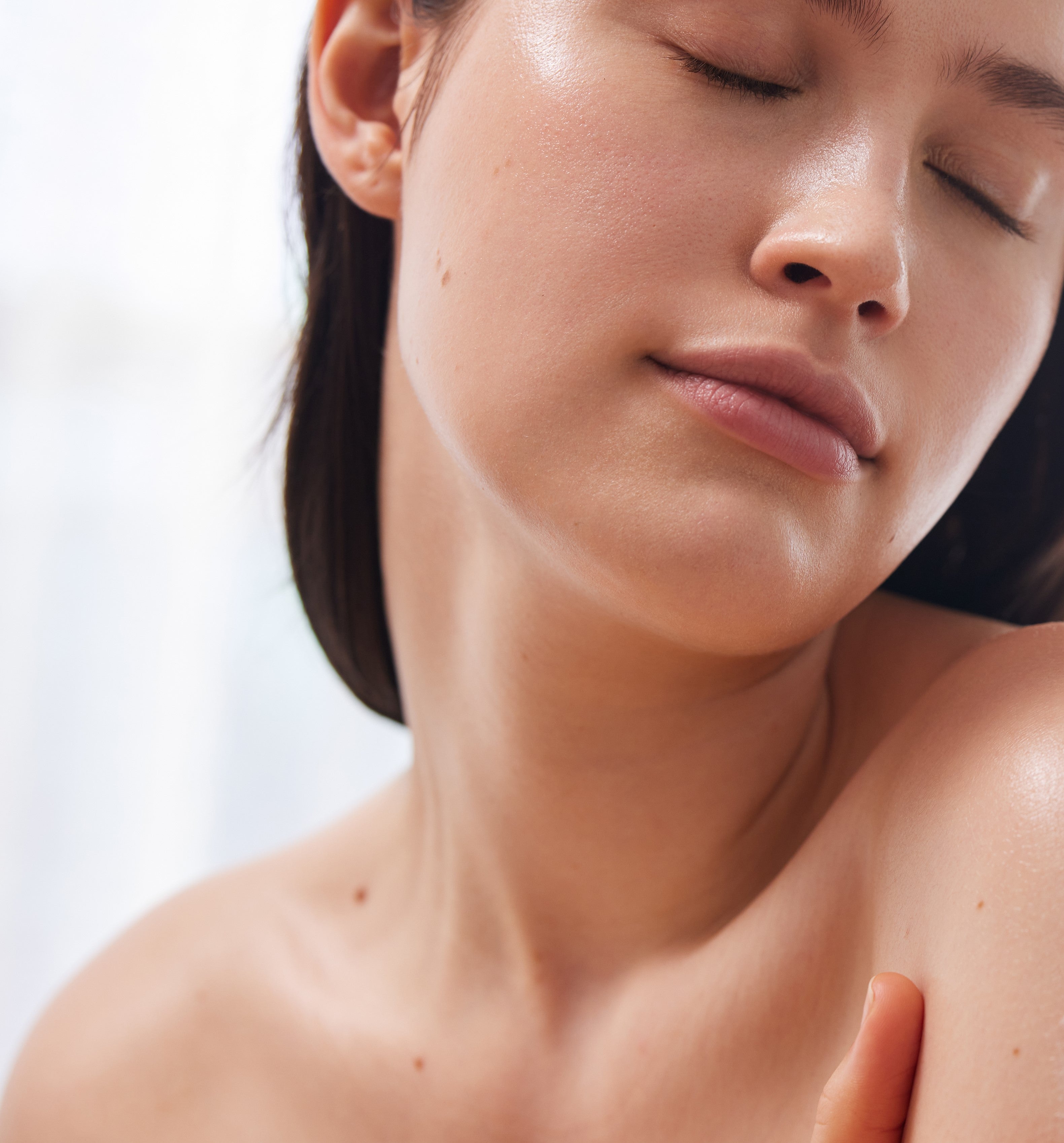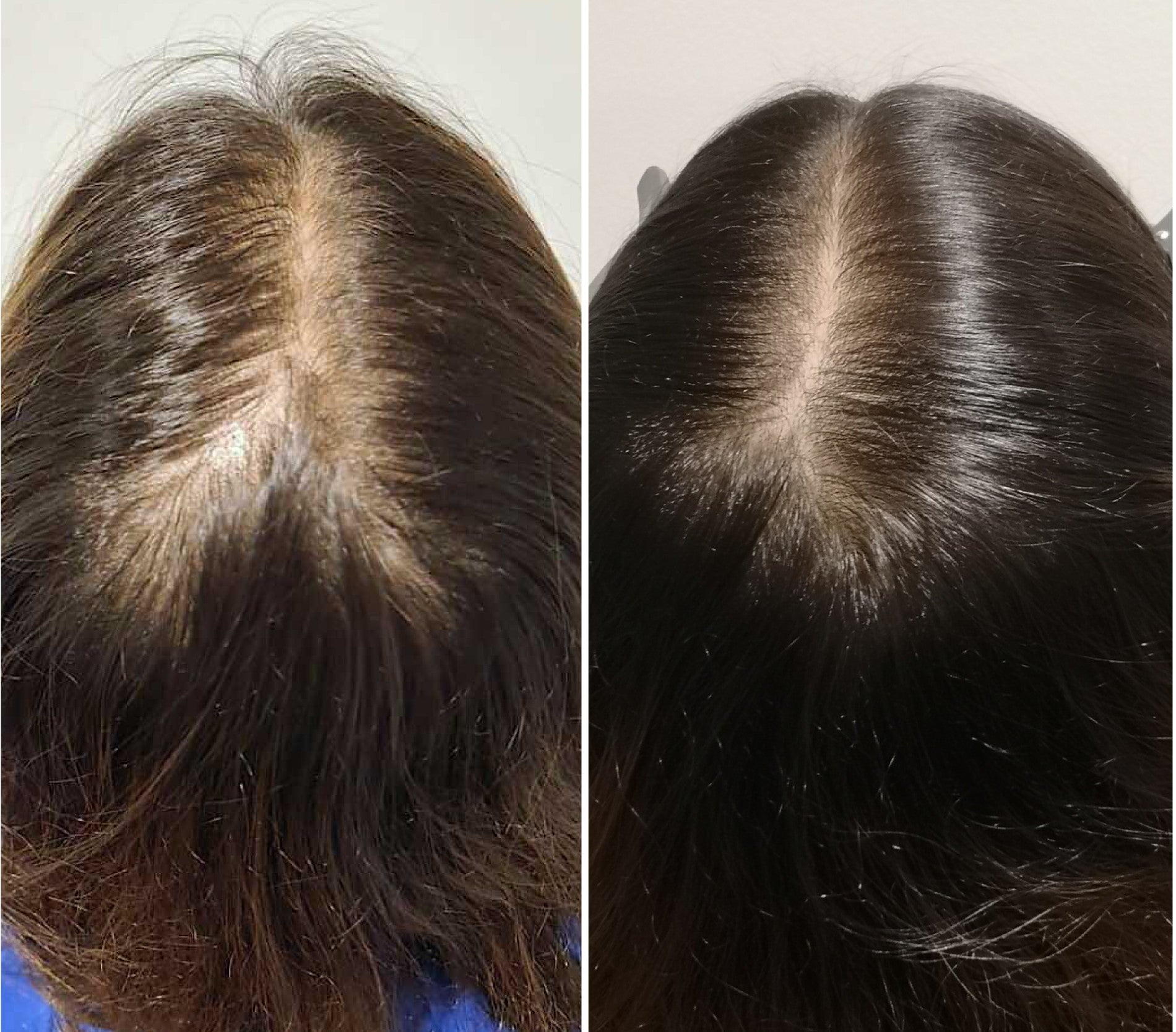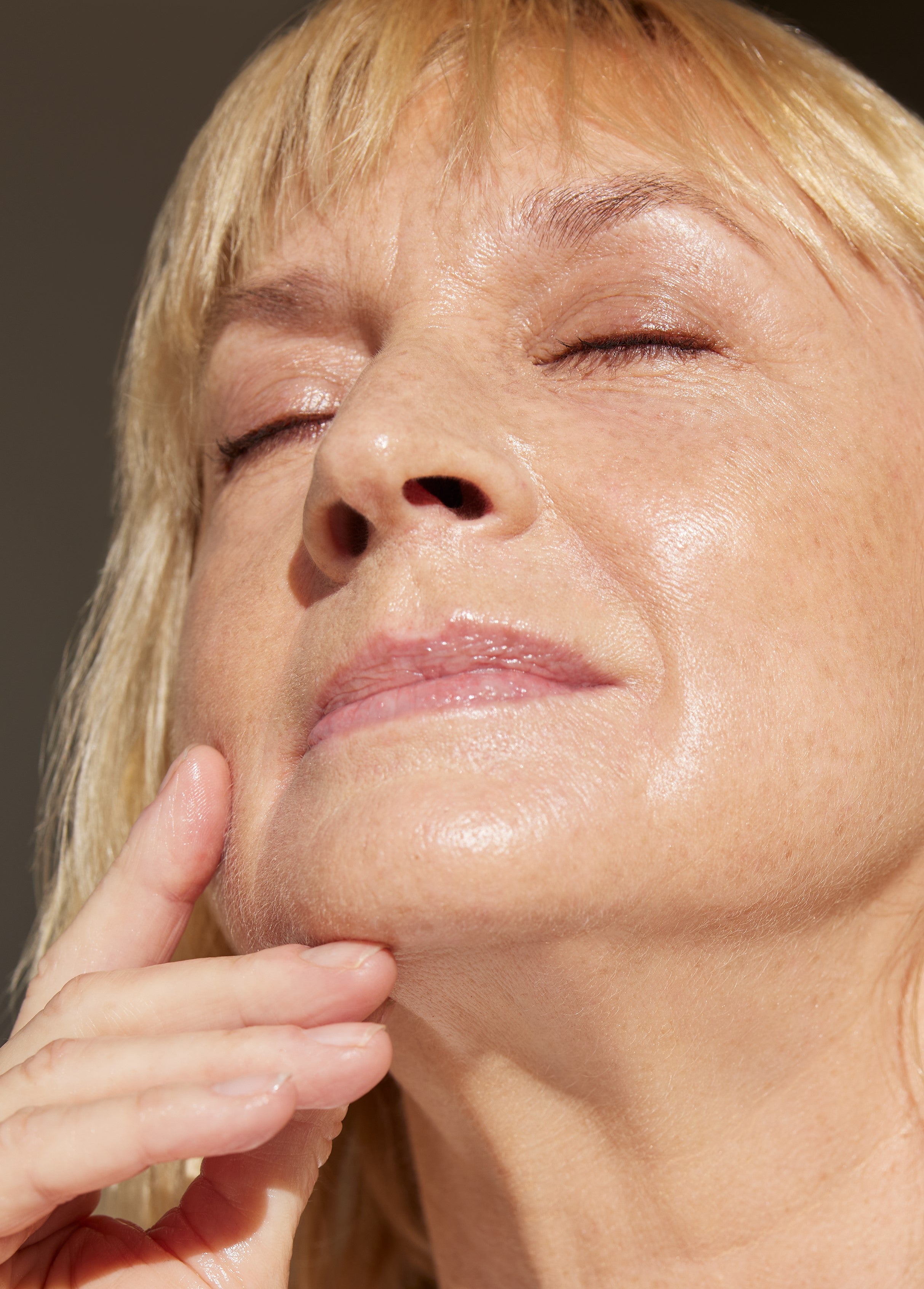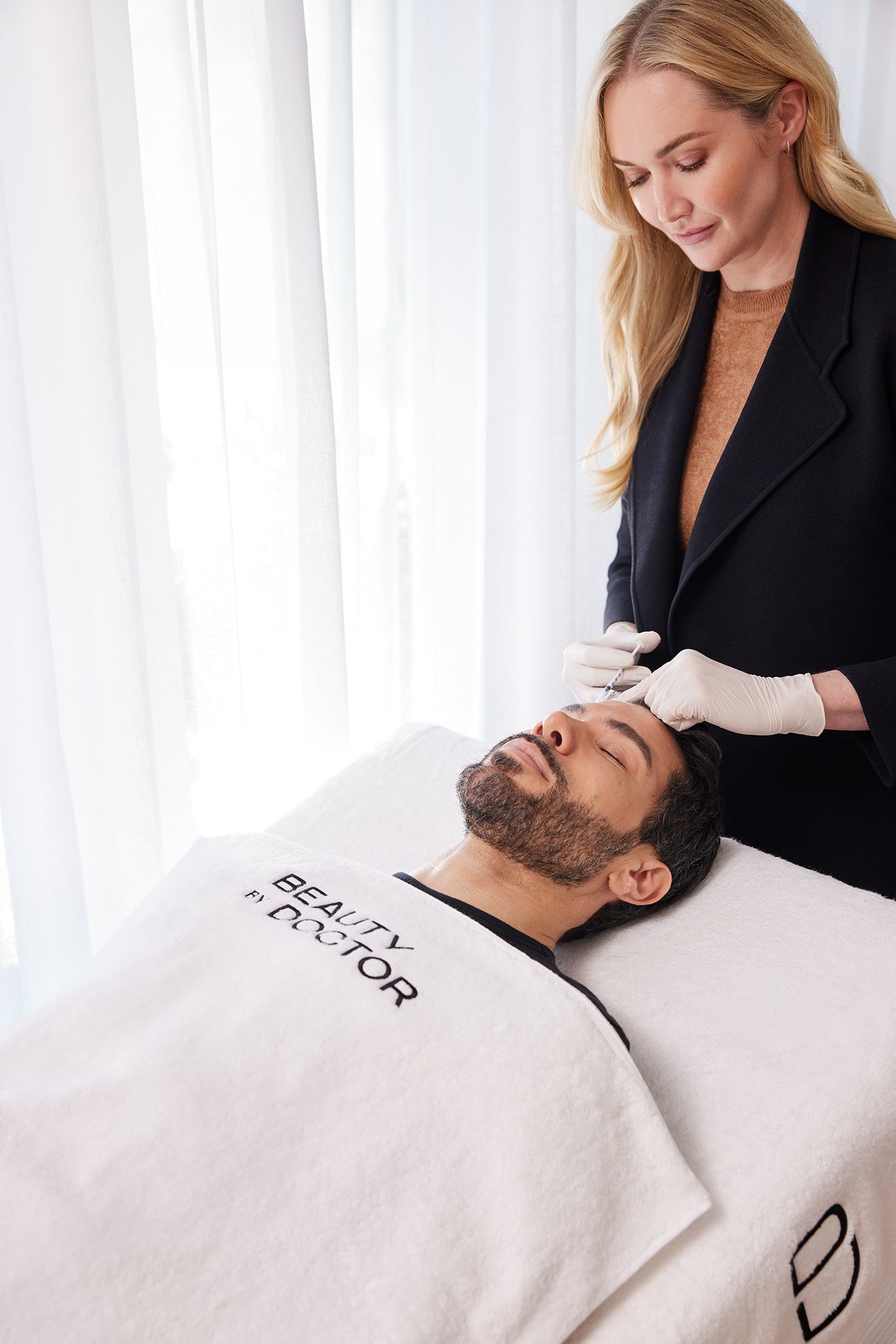Male Pattern Baldness
Male Pattern Baldness
Hair Loss
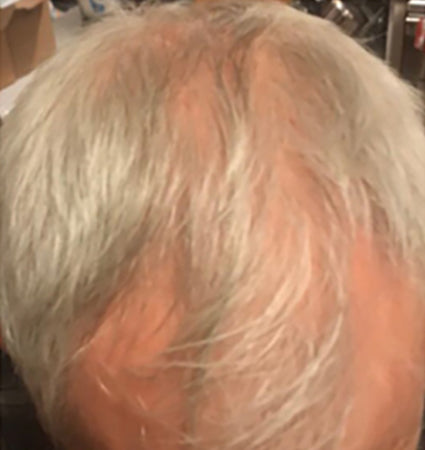
Male pattern baldness, medically known as Androgenetic Alopecia, is the most common type of hair loss experienced by men. It's a condition that affects a significant portion of the male population, often starting earlier than many realise and progressing gradually over years or decades. While incredibly common, the experience can be distressing, impacting self-esteem and confidence.
Understanding Male Pattern Baldness: Causes, Changes, and Advanced Solutions
Understanding the underlying causes, the physiological processes involved, and the advanced treatment options available is the first step towards effectively managing this concern. For men experiencing hair loss in Sydney, particularly in Sydney's Eastern Suburbs, knowing that effective, medically supervised solutions exist is crucial.
What is Male Pattern Baldness?
Male Pattern Baldness (MPB) is characterised by a predictable pattern of hair thinning and loss, typically starting at the temples and/or the crown (vertex) of the scalp. It's not a disease in the traditional sense but rather a genetically determined sensitivity of hair follicles to androgens (male hormones), primarily dihydrotestosterone (DHT).
The prevalence is high: studies suggest that approximately 50% of men will experience some degree of MPB by the age of 50, and this figure rises to around 70% or more in later life. While often associated with middle age, the process can begin as early as the late teens or early twenties for some individuals. It's a progressive condition, meaning that hair loss worsens over time without intervention.
What Causes Male Pattern Baldness?
The primary drivers of MPB are a combination of genetics and hormones:
Genetics: Susceptibility to MPB is largely inherited. While the exact inheritance pattern is complex (polygenic), having close male relatives with hair loss significantly increases your risk. Specific genes make certain hair follicles on the scalp sensitive to the effects of DHT. These sensitive follicles are typically located at the front, top, and crown of the head, explaining the characteristic patterns of loss.
Hormones (DHT): Testosterone is the primary male sex hormone. An enzyme called 5-alpha-reductase (type II), present in the scalp's hair follicles and sebaceous glands, converts testosterone into a more potent androgen called Dihydrotestosterone (DHT). In genetically susceptible individuals, DHT binds to receptors on these sensitive hair follicles. This binding triggers a process that leads to hair loss.
What are the Physiological Changes in the Scalp During Male Pattern Baldness?
Many websites discuss genetics and DHT, but understanding the actual changes within the scalp and hair follicles provides deeper insight into why treatments must be targeted and often multi-faceted:
Follicular Miniaturisation: This is the hallmark of MPB. When DHT binds to susceptible follicles, it doesn't necessarily kill them outright, at least not initially. Instead, it triggers a gradual shrinking process – miniaturisation.
Shortened Anagen (Growth) Phase: The active growth phase of the hair cycle becomes progressively shorter. Hair simply doesn't have enough time to grow long and thick before shedding.
Lengthened Telogen (Resting) Phase: The resting phase, before the hair naturally sheds, may become longer.
Reduced Follicle Size: The follicle itself physically shrinks. As it shrinks, the diameter of the hair shaft it produces becomes smaller and finer (vellus-like hair). The pigment also reduces, making the hair lighter in colour.
Outcome: Over successive hair cycles, the thick, pigmented terminal hairs are gradually replaced by shorter, finer, less pigmented hairs. Eventually, the follicle may become so small and the anagen phase so short that the hair barely breaks the surface of the skin, or the follicle may become dormant altogether.
Scalp Micro-inflammation: Research increasingly points towards low-grade, chronic inflammation around the affected hair follicles in MPB. While the exact role (cause or effect) is still debated, this perifollicular inflammation may contribute to the fibrosis (scarring) sometimes seen around miniaturised follicles, further hindering regrowth potential. Addressing this inflammation can be a component of effective treatment.
Changes in Scalp Microcirculation: Some evidence suggests that blood flow around miniaturised follicles might be altered. While reduced blood flow is likely more a consequence than a primary cause of miniaturisation, certain therapies often target improving circulation to support follicle health and nutrient delivery.
Alterations in Growth Factor Signalling: Healthy hair growth relies on a complex balance of growth factors and signalling molecules within the scalp microenvironment. In MPB, the influence of DHT disrupts this delicate balance, reducing the signals that promote robust growth and potentially increasing signals that inhibit it.
Understanding these physiological changes highlights why simply blocking DHT, while crucial, might not be the complete picture. Addressing miniaturisation, inflammation, and growth signalling offers a more comprehensive approach to hair thinning treatment.
What Signs Do You Look For?
Recognising the early signs allows for earlier intervention, which generally leads to better outcomes. Common signs include:
Receding Hairline: Often starting at the temples, creating an "M" shape.
Thinning Crown: Noticeable thinning or a bald spot appearing on the scalp's vertex (top back).
Overall Thinning: A general decrease in hair density across the scalp's top makes the scalp more visible.
Increased Hair Shedding: Finding more hairs than usual on your pillow, shower drain, or comb (though shedding alone isn't definitive).
Change in Hair Texture: Hair in affected areas may feel finer or less dense than hair at the sides and back of the head.
The progression is often classified using the Norwood Scale, which outlines seven stages from minimal recession to extensive hair loss across the top of the scalp.
Treating Male Pattern Baldness: A Holistic and Advanced Approach
Given the complex physiological changes involved in MPB, a single treatment modality often isn't sufficient for optimal results. A holistic approach, combining therapies targeting different hair loss processes, generally yields the most significant and sustainable improvements.
At Beauty by Doctor in Bondi Junction, we recognise the multi-faceted nature of male hair loss. Under the medical direction of Dr Phoebe Jones, together with Calecim, we have developed the BBD Advanced Hair Loss Treatment protocol, a comprehensive strategy designed to combat MPB from multiple angles. This protocol integrates cutting-edge technologies and medical-grade products to stimulate regrowth, slow down loss, and improve overall scalp health.
The BBD Advanced Hair Loss Treatment Featuring Calecim® Professional
Our signature protocol is a staged approach, personalisable to individual needs:
Stage 1: Calecim® Professional Advanced Hair System
What it is: This potent serum utilises Cord Lining Conditioned Media, ethically sourced from umbilical cord lining stem cells. It contains a high concentration of growth factors, proteins, and cytokines essential for hair follicle health and rejuvenation (e.g., VEGF, FGF, Interleukins).
How it works: The complex blend of biomolecules in Calecim® works to counteract the miniaturisation process. It helps to "awaken" dormant follicles, encourage a shift back towards a longer anagen (growth) phase, reduce micro-inflammation, and support the overall scalp environment needed for healthy hair growth. It provides the essential building blocks and signals that follicles compromised by DHT are lacking.
Stage 2: Microneedling for the Scalp
What it is: A microneedling device creates controlled micro-injuries to the scalp
How it works (Standalone Benefits): The micro-injuries trigger the body's natural wound-healing response. This process releases native growth factors, stimulates collagen production, and improves blood circulation in the treated area – all beneficial for revitalising dormant or miniaturised hair follicles and promoting new growth cycles.
How it works (Synergistic Benefits - Trans-epidermal Drug Delivery): This is a crucial advantage. The micro-channels created by the microneedling, dramatically increase the scalp's permeability for a short period. When the Calecim® Advanced Hair System serum is applied immediately before and after the microneedling treatment, its potent growth factors can penetrate much deeper and more effectively reach the target hair follicles. This enhances the efficacy of the Calecim® serum significantly compared to topical application alone, leading to potentially faster and more robust results. It's a powerful combination for targeted hair loss treatment.
Stage 3: LED Light Therapy
What it is: Low-Level Light Therapy (LLLT) uses specific wavelengths of light (typically red and near-infrared) delivered to the scalp.
How it works: LED therapy is non-invasive and works at a cellular level. It's thought to reduce inflammation, improve cellular energy production (ATP), enhance blood flow, and potentially stimulate follicle activity, pushing more follicles into the anagen phase. It complements the more intensive treatments by supporting overall scalp health and reducing inflammatory factors that can hinder growth.
Stage 4: Bespoke Prescription Hair Medications
What it is: Based on a thorough medical consultation and assessment, the BBD treating physician may prescribe clinically proven medications.
Options: These typically include:
Finasteride: An oral medication that works by inhibiting the 5-alpha-reductase enzyme, thereby reducing the conversion of testosterone to DHT. Lowering scalp DHT levels is a cornerstone of treating MPB.
Minoxidil: A low-dose oral form can be utilised to increase blood flow to follicles and prolong the anagen phase.
Personalisation: The choice of medication and dosage is tailored to your specific pattern of hair loss, medical history, lifestyle, and treatment goals. This medical supervision ensures appropriateness and allows for monitoring of efficacy and potential side effects.
Ongoing Maintenance is Key to Sustained Success
It is vital to understand that Male Pattern Baldness is a chronic, progressive condition. While treatments like the BBD Advanced Hair Loss Protocol can achieve significant improvements – stimulating regrowth and thickening existing hair – the underlying genetic sensitivity to DHT remains. Therefore, ongoing maintenance therapy is usually essential to preserve the results achieved and prevent further regression - and this is maintenance is incorporated into the BBD Advanced Hair Loss Protocols. This might involve periodic top-up sessions of Microneedling and Calecim®, continued use of LED therapy, and/or ongoing adherence to prescribed medications. The BBD team will work with you to establish a realistic and sustainable long-term maintenance plan based on your initial response and ongoing needs. Consistency is crucial for long-term success in managing male pattern baldness.
For more information on the BBD Advanced Hair Loss Treatment featuring Calecim® Professional, click HERE.
Frequently Asked Questions (FAQs)
Q: How long does it take to see results from the BBD Advanced Hair Loss Treatment?:
A: While some initial improvements in shedding, scalp health and initial hair growth are typically visible within 6 weeks, more noticeable regrowth and thickening typically become apparent around 3 months of consistent treatment. Optimal results often take longer. Patience and adherence to the treatment plan are key.
Q: Is the Microneedling scalp treatment painful?:
A: To minimise discomfort, oral pain meds and happy gas (nitrous oxide gas) can be utilised if appropriate for pain relief before the Microneedling treatment. Patients typically report a sensation mild prickling during the procedure, which is generally well-tolerated.
Q: Who is a good candidate for this treatment protocol?
A: Men experiencing mild to moderate male pattern baldness, particularly those noticing active thinning or recession, are often good candidates. Those with significant areas of very slick, long-term baldness may have less potential for regrowth as the follicles may be permanently dormant. A consultation with Dr Jones is necessary to assess suitability, discuss expectations, and rule out other causes of hair loss.
Q: Are the results permanent?
A: The results achieved require ongoing maintenance. Because MPB is a progressive condition driven by genetics and hormones, stopping treatment will likely lead to a gradual return to the previous pattern of hair loss over time. The goal of maintenance is to sustain the improvements gained.
Q: Are there any side effects to the treatments?
A: Each component has potential side effects. Calecim® and LED are generally very well tolerated. Microneedling can cause temporary redness, mild swelling, and pinpoint crusting. Prescription medications like Finasteride and Minoxidil have their own specific potential side effects profiles, which Dr.Jones will discuss thoroughly during your consultation, weighing risks and benefits.
Take Control of Your Hair Loss Journey
Male pattern baldness is common, but you don't have to simply accept it. With an advanced understanding of the physiological processes and the availability of sophisticated, multi-modal treatment approaches, significant improvements are possible.
A doctor-led approach ensures accurate diagnosis, safe and effective treatment selection, and personalised care tailored to your unique needs.
If you are concerned about male hair loss or hair thinning treatment and are seeking expert advice and solutions in Bondi Junction or the wider Sydney's Eastern Suburbs, we invite you to learn more.
To discuss your specific concerns and explore personalised treatment options at Beauty by Doctor, schedule a consultation with BBD team today.


